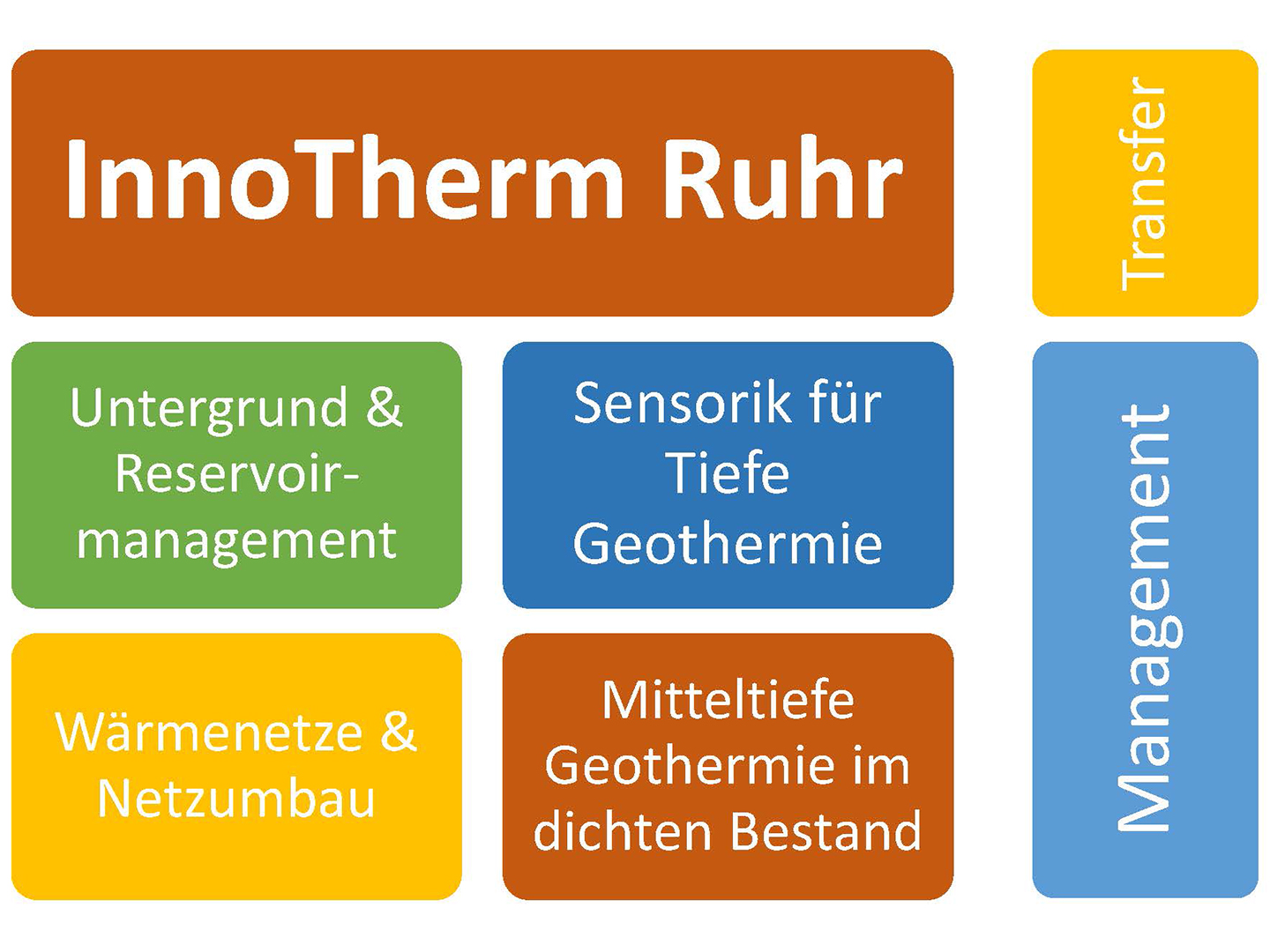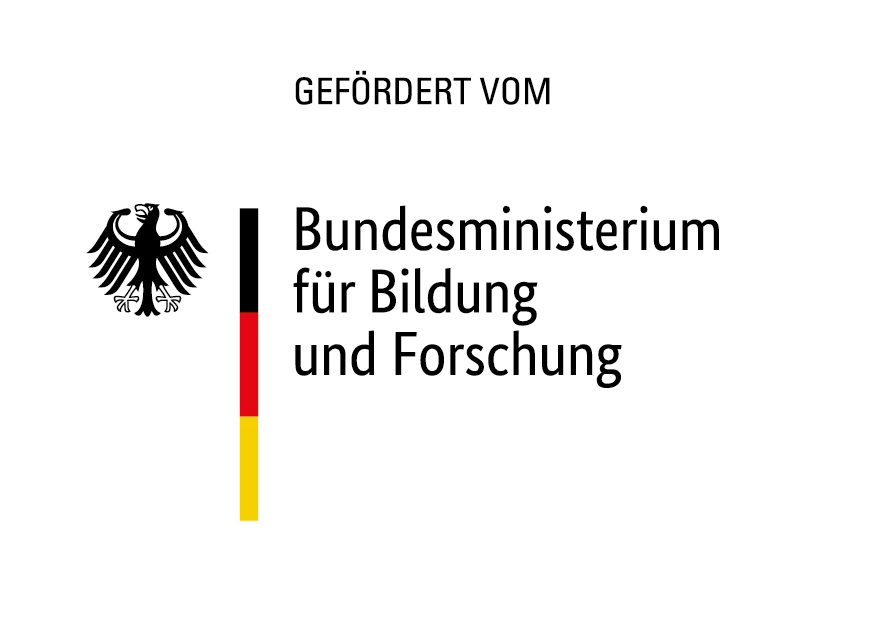The WIR!-Alliance
The primary goal of the InnoTherm Ruhr project is the focused use of sustainable heat in the Ruhr area. Economically, it hopes to strength the competitiveness of this energy source relative to others, acting as a driver in the region to generate knowledge about technical processes and methods, as well as economic strategies in the fields of geothermal energy, measurement technology, and heat distribution. Technically, it allows new, locally optimized drilling methods to be targeted, as well as new types of sensors and a new mode of operation for heating networks.
The concept is specifically tailored to the »WIR! – Change through innovation in the region« funding programme of the Federal Ministry of Education and Research. The innovation and networking project InnoTherm Ruhr intends to bring together, synchronize, and expand the geothermal sector in the Ruhr area with the regional heat market. Accordingly, it encompasses a multitude of innovation potentials in economic, public, and technical areas and will improve the employment situation of the general population. The innovation fields run along the entire heat chain, from the extraction of geothermal energy, the planning of heating networks, plant construction and operation to process management for large-scale customers and intelligent heating systems for private households.
The project outline defines the following cross-cutting topics, which will be expanded and transformed during the concept phase.
- Subsurface and reservoir management
- Innovative sensor electronics for deep geothermal energy
- Heating networks and their conversion
- Medium-depth geothermal energy


